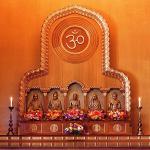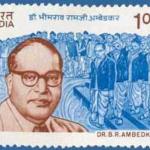.:.
A VOCABULARY LESSON FOR TODAY
Here’s a valuable word that crops up, from time to time, in Buddhist discourse:
ehipassiko.
[ Sanskrit: Ehipaśyika “which you can come and see” — from the phrase ehi, paśya “come, see!” ]
It’s considered one of the traits of the Buddha’s teachings, that you can see for yourself. All beings are welcome to put them to the test and see for themselves.
No miracles. No divine messengers. No text written in stone.
No coercion. No fanaticism. No bigotry.
Moreover, the Buddha way is first-person. You use your life as a lens, a light, and a laboratory. ( As a Zen teacher once put it, with characteristic bluntness : no one else can go to the bathroom for you …. but you. )
A famous text expounding this view (a nonattachment to views) is the Kalamas Sutta. We hear there what the Buddha told villagers known as the Kalamas. They’d told him they were confused as to whose teachings to follow, as ascetics would pas through expounding teachings while criticising others. Paraphrasing his reply, he said ——: don’t follow something just because you hear it all the time … nor because you read it in a book [or on a website] …
…don’t base your spiritual life upon surmise, or axiom, or bias …
…. nor because a person in holy robes says it is so.
Instead, call upon the direct knowledge grounded in your own experience. Truth is in life. So take into account words of the wise, altho’ not passively —but, rather, through constant questioning and personal testing to identify those truths which you are able to demonstrate to yourself actually reduce your own stress or misery. If you thus find something of value, effective in your own life, by all means, take it to heart …
Come … see for yourself …
.:.











